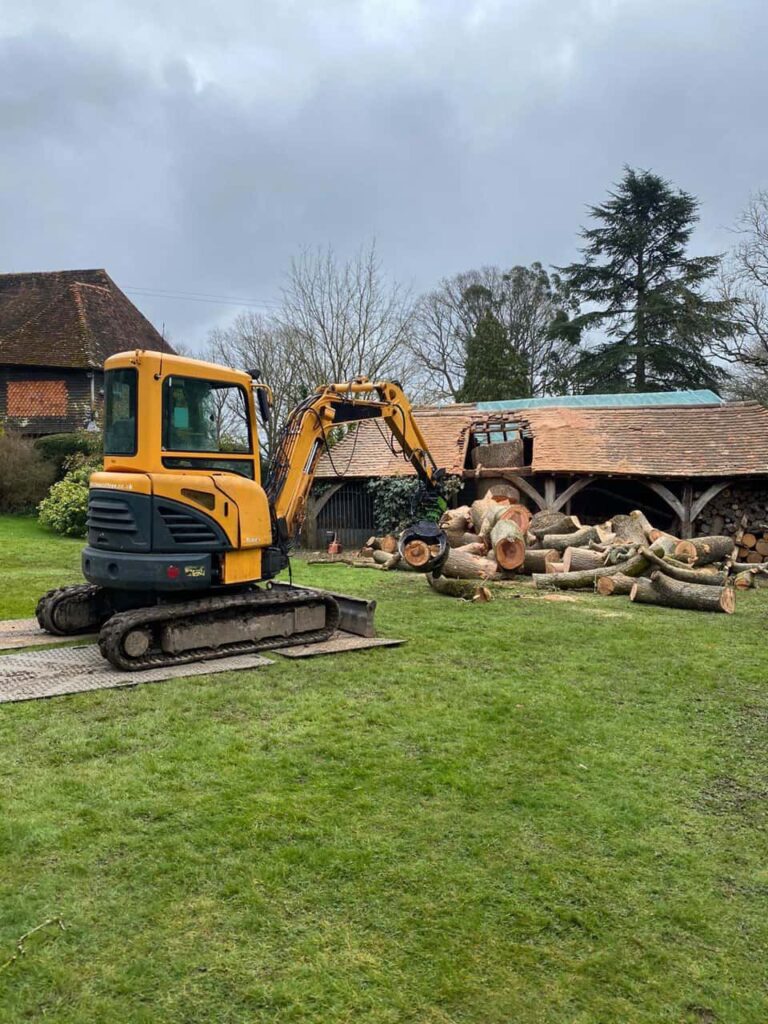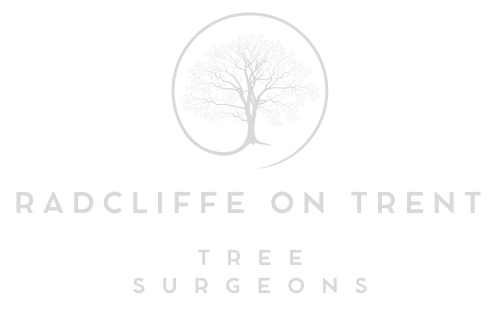Tree Crown Reduction in Commercial Landscaping: Best Practices
Introduction: Tree crown reduction is a vital technique in commercial landscaping, helping to maintain the health, safety, and aesthetic appeal of trees within business premises. Whether you manage office complexes, retail spaces, or industrial parks, implementing proper crown reduction practices ensures your trees thrive and enhance the overall environment. Here’s how to achieve the best results:
Understanding Tree Crown Reduction
Tree crown reduction involves selectively pruning branches to:
- Enhance Safety: Reduce the risk of branches falling and causing damage to property or people, particularly in high-traffic commercial areas.
- Promote Health: Improve air circulation and light penetration within the canopy, fostering healthy growth and reducing disease susceptibility.
- Maintain Aesthetics: Shape the tree’s crown to complement its surroundings and contribute positively to the commercial landscape’s visual appeal.
Best Practices for Tree Crown Reduction in Commercial Settings
- Consultation and Planning: Engage with certified arborists to assess the trees on your commercial property. Plan the crown reduction strategy based on each tree’s specific needs, considering factors such as species, growth patterns, and environmental conditions.
- Timing Considerations: Schedule crown reduction during the tree’s dormant season, which is late winter to early spring. This timing minimises stress on the tree and optimises healing before the growing season begins.
- Selective Pruning Techniques: Use precise pruning cuts to remove branches strategically. Focus on maintaining the tree’s natural shape and structural integrity while achieving the desired reduction in crown size.
- Post-Pruning Care: After crown reduction, implement proper care practices, including:
- Mulching: Apply organic mulch around the tree’s base to retain moisture and suppress weed growth.
- Watering: Ensure adequate watering, especially during dry spells, to support the tree’s recovery and new growth.
- Monitoring: Regularly inspect the tree for signs of stress, pests, or disease. Address any issues promptly to maintain tree health.
- Regular Maintenance: Schedule periodic inspections and maintenance with arborists to assess the effectiveness of crown reduction and address any new growth or issues that arise.
Benefits of Professional Arboriculture
- Expertise and Compliance: Certified arborists adhere to industry standards and safety regulations, ensuring the best care practices and compliance with local regulations.
- Long-Term Sustainability: Properly maintained trees contribute to a sustainable commercial landscape by improving air quality, reducing energy costs, and enhancing property value.
- Enhanced Aesthetics: Well-maintained trees create a positive impression on clients, customers, and employees, enhancing the overall appeal and atmosphere of your commercial property.
Conclusion: Tree crown reduction is a valuable practice in commercial landscaping, offering benefits ranging from safety and health improvement to aesthetic enhancement. By partnering with experts for professional tree care services, you can ensure that your commercial property maintains beautiful, healthy trees that contribute positively to your business environment.
Call us on: 0115 647 1195
Click here to find out more about Radcliffe on Trent Tree Surgeons
Click here to complete our contact form and see how we can help you with your tree’s needs.

